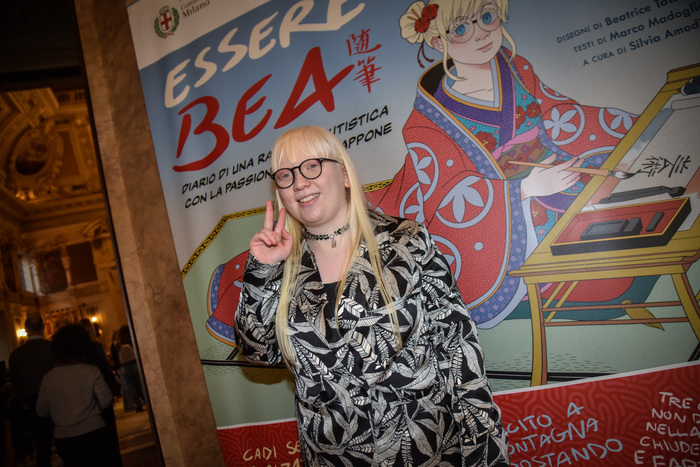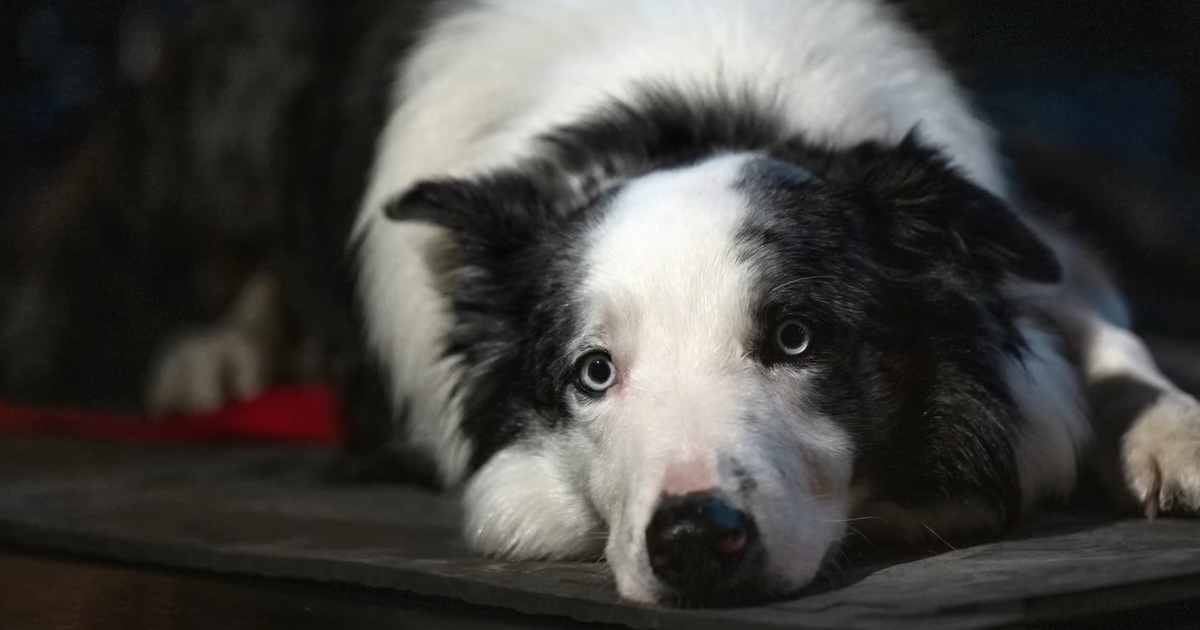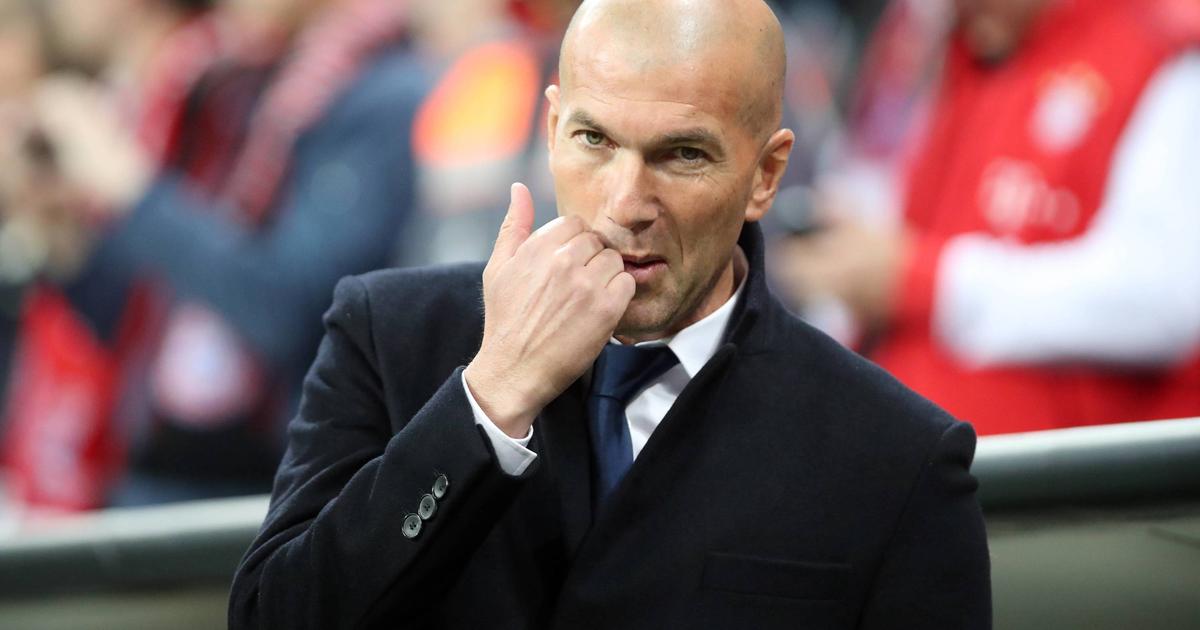Enlarge image
Para-sprinter Katrin Müller-Rottgardt and her guide Noel-Philippe Fiener: everything has to be coordinated
Photo:
BEAUTIFUL SPORTS / Axel Kohring / picture alliance / Beautiful Sports
"We are really good when we are photographed from the side and Katrin cannot be seen at all," says guide Noel-Philippe Fiener. As a perfect reflection of his colleague, he must run. "If your left arm and right leg are in front, my right arm and left leg have to be in front." When Fiener explains this, he kisses his thumb and forefinger like a gourmet chef, like someone who enjoys successful details. "It's really a bit like synchronized swimming, if you will."
Except that the sport in which Fiener and Katrin Müller-Rottgardt compete is not about aesthetics, but about speed. At the Paralympic Games in Tokyo, the German pair of runners from Wattenscheid will start sprinting at 100, 200 and 400 meters. Müller-Rottgardt, who has already become world and European champion, has eyesight of just two percent. That's why she runs with her guide Fiener.
If 39-year-old Müller-Rottgardt finishes on one of the first three places in the races, not only will she receive a medal, but also Fiener, who is 15 years younger and has intact eyesight. From an Olympic perspective, the visually impaired running competition is initially a paradox: Disciplines such as the sprint are also considered particularly archaic because they are so simple. There are few tactics here, but clear conditions. It is the ultimate lone fighter sport in which everyone competes against everyone, in the end only the fastest time of a single person wins.
At the Paralympics, however, you won't get very far as a lone fighter. "We're doing a team sport here," says Müller-Rottgardt in the athletes' village in Tokyo shortly after their arrival. "We have to adjust to each other very carefully so that we have a chance in the race." The two of them train together every day, studying running movements and commands. "It also has to work between people, otherwise it doesn't make much sense." In the true sense of the word, you need blind trust in one another.
Müller-Rottgardt has already come under the twelve-second mark at 100 meters. Finding a guide for an athlete at this speed is a difficult project. "I've already tried a few candidates until it worked," she says. Speed is not the only criterion. "You have to be about the same height." The athletes and guides are connected by a ten centimeter long cord, each end of which has a loop wrapped around the wrist. An equal shoulder height is ideal so that the belt does not stretch as much as possible. “As a guide, however, you also have to be able to run a tens time at 100 meters. And then he just has to devote himself fully to our training «, says Müller-Rottgardt.
They are conditions that not many athletes meet. Sprinters who can run such times often have their own goals. Fiener, who, like Müller-Rottgardt, trains at TV Wattenscheid 01, was approached when he was 19. “I was interested in getting to know it from the start. But I've always had this conflict as to whether I should train for the German championships or with Katrin, «he says. At first, Fiener followed a two-pronged approach until, with the start of the pandemic, he gave himself up to the goals of Paralympian Müller-Rottgardt. And he doesn't regret his decision.
When Fiener sprints alone, he runs faster times.
“But in pair skating I give 100 percent.
It's just something different. «While it is still relatively simple over 100 meters, which you only run in a straight line, communication tasks are required over 200 and 400 meters for coordination at full speed.
"Noel tells me where we are just before the bend and towards the end of the bend," says Müller-Rottgardt.
He then changes direction slightly.
And in order not to lose any speed, the guide not only has to give notice in good time, but as a runner on the outside lane also has to adjust his stride length.
Three chances of a medal
"Katrin runs very reliably, actually always the same, like clockwork," says Fiener.
Nevertheless, there are always problems in the team that have to be worked on.
The synchronous start, the notification if Müller-Rottgardt threatens to touch the line of her career, the division of the last meters, since the athlete always has to reach the finish first.
And then the behavior right before the competition.
"I always get goosebumps," says Fiener, "when I think about the start." In Tokyo, the couple want to win a medal at least on one of the three distances.
On Monday, Müller-Rottgardt and Fiener have their first run over 400 meters (1:51 p.m.).
The final would be on Tuesday.
It is the start of a crucial week for a special pair of runners.















